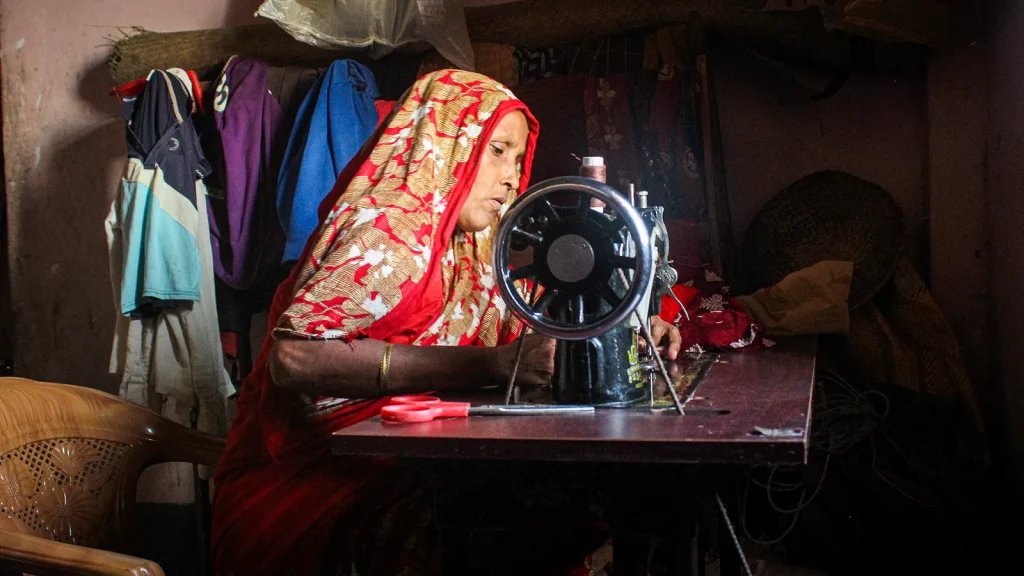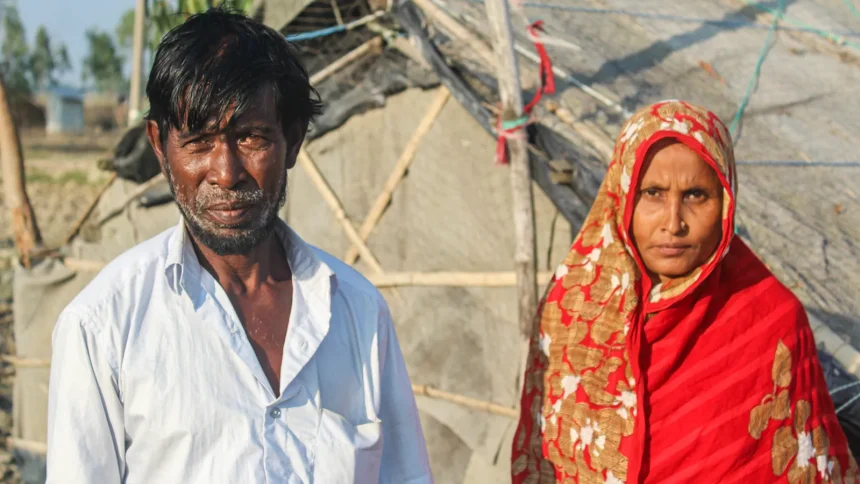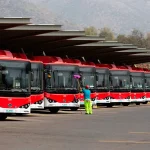Noor Alam, 55, is reminded every time there is a gust of wind of the deadly tropical hurricane that struck Kutubdia Island in Bangladesh in 1991, taking the lives of twenty of his family members. Alam and his spouse, Rahima Begum, who had lost two of her brothers in the 1991 tragedy, were forced to relocate to Banshkhali, a district in Chittagong, in the southeast of Bangladesh, as a result of the island experiencing recurrent cyclones during the following few years. However, the pair was unable to avoid natural calamities even here. Their thatched hut, which was built from bamboo sticks and plastic sheets, collapsed six times between 1998 and 2020 when storms struck the porous pavement of the Banshkhali Beribundh, a dyke embankment built to shield crops from water.

Frequent natural disasters such as cyclones, floods, and storm surges, as well as drought, river bank erosion, and deadly heatwaves, have made Bangladesh one of the most vulnerable countries to climate change. The government estimates that by 2050, one in every seven Bangladeshis will be displaced due to climate change—that’s 13.3 million people.
The population that lives along the country’s 441-mile (710-km) low-lying coastal region has been particularly impacted, with 2,000 people moving to the country’s capital, Dhaka, every single day.







